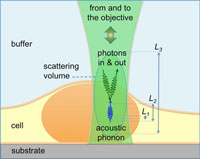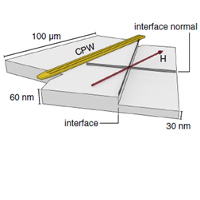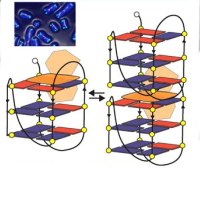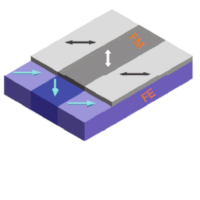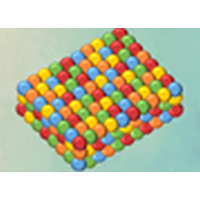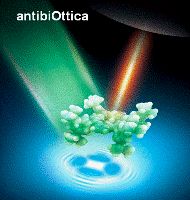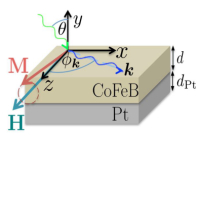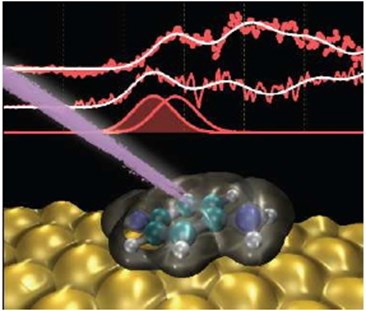Organic Interfaces and Charge Transfer
Organic Interfaces and Charge Transfer
Contact persons: Luca Floreano, A. Cossaro, A. Verdini, G. Bavdek, D. Cvetko, G. Kladnik, A. Morgante
|
This research line aims at improving our knowledge and modeling of the interfacial properties of small organic molecules at surfaces. The pivotal interest is centered on organic semiconductors, but much atten- tion is also payed to the properties of the substrates as well as to there functionalization. With the goal of setting new directions for the fabrication/assembly of high performance devices, we aim at a self consistent description and tailoring of the dynamical processes of chemical interaction as well as charge transport at interfaces. Starting from the basic study of the single components, we follow the modification of the electronic structure at hybrid organic-inorganic and hetero-organic junction, which are representative of the full architecture of an archetypal device. For a better control of the system degrees of freedom, the substrate interaction is studied starting from single crystal surfaces. The latter are eventually nanopatterned and/or functionalized with an intermediate self-assembled monolayer (alkanethiols, aminoacid derivatives) for specific linking to the substrate and suitable coupling to the next layer molecules. |
Top: valence band resonant photoemission spectra for a benzenediamine molecule adsorbed on Au (111) and Au(110), as shown in the 3D drawing on the bottom. At variance with conventional ultraviolet spectroscopy, only the VB states localized on the carbon atoms are singled out when the photon energy is tuned to the Carbon ionization threshold |
Coinage metal surfaces are mostly employed as archetypal electrodes, while a growing interest is dedica- ted to specific transition metal oxides, which can display large conductivity upon reduction and/or doping. For a modeling purpose, most studies are focused on planar aromatic and heteroaromatic molecules (such as polyconjugated aromatic hydrocarbons and phthalocyanines), that are eventually functionalized to trim their interaction with the substrate or with electronically/chemically complementary organics. We employ a large suitcase of techniques spanning from Synchrotron radiation spectroscopy to scanning probe microscopy for achieving a chemical and structural characterization of the systems. We make use of advanced spectroscopic techniques, such as valence band resonant photoemission, to study the dynamics of charge transfer down to the femtosecond timescale, whereas the static charge transfer, which measure the de- gree of chemical interaction, is probed via conventional Synchrotron spectroscopy (both emission and absorption). This research line is pursued in collaboration with several research groups in Italy (Chem. Dep. Univ of Padova, Rif. Maurizio Casarin; Phys. Dep., Univ. MIBicocca, Rif: Gian Paolo Brivio) and abroad (ICMM-CSIC, Madrid, Rif. Jose’, A. Martin-Gago; UPV/EHU-CSIC San Sebastian, Rif. Celia Rogero; Phys. Dep. Univ. Columbia, NY, Rif. Latha Venkataraman).

